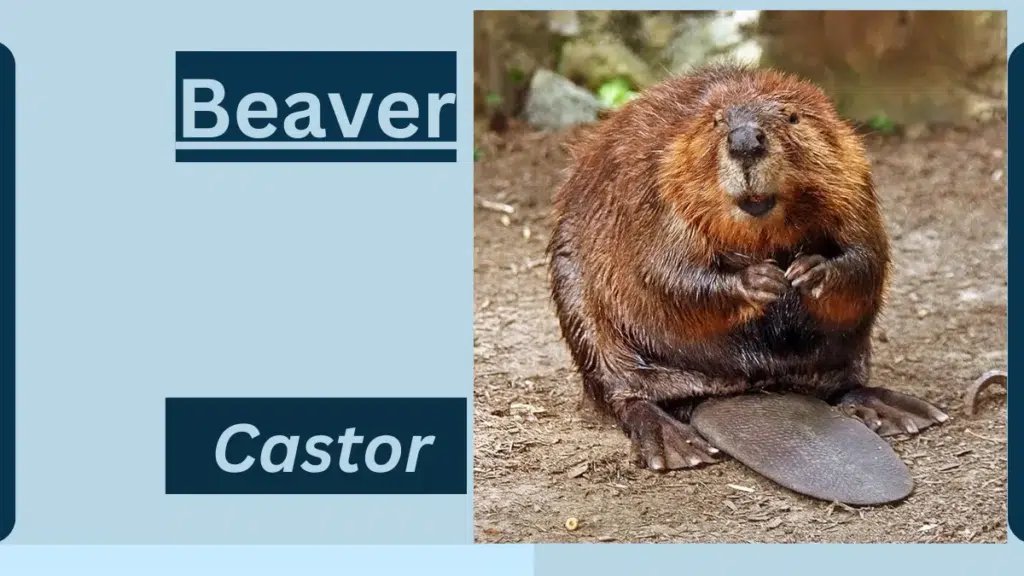Beaver Animal facts | Castor
October 17, 2023
The beaver is a semiaquatic rodent known for its exceptional building and dam construction skills.

Beaver
Here are some facts about beavers.
| Topic | Information |
| Taxonomy and Classification | – Kingdom: Animalia |
| – Phylum: Chordata | |
| – Class: Mammalia | |
| – Order: Rodentia | |
| – Family: Castoridae | |
| – Genus: Castor | |
| – Species: Multiple species of beavers, including Castor canadensis (North American beaver) and Castor fiber (Eurasian beaver). | |
| Mammal’s Anatomy and Appearance | – Size: Beavers are typically large rodents, with adults ranging from 30 to 60 inches (76 to 152 centimeters) in length, including their distinctive flat, paddle-like tail. |
| – Coat: They have dense, waterproof fur, which can vary in color, but it is commonly brown. Their fur is well-suited for a semiaquatic lifestyle. | |
| Distribution and Habitat | Beavers are found in various parts of North America, Europe, and Asia. They primarily inhabit wetland areas, where they build dams and lodges. |
| Behavior and Lifestyle | – Dam Builders: Beavers are famous for their dam-building activities, which help create wetland ecosystems and provide protection against predators. |
| – Semiaquatic: Beavers are highly adapted to aquatic life and can remain submerged for extended periods while foraging for food. | |
| – Nocturnal: They are mostly active during the night and are known for their engineering skills and teamwork. | |
| Diet and Feeding Habits | Beavers are herbivores, primarily consuming tree bark, leaves, aquatic plants, and roots. Their incisors are continually growing, enabling them to gnaw through wood. |
| Predators and Threats | Predators of beavers include wolves, coyotes, bears, and various large birds of prey. They are also threatened by habitat loss due to human activities. |
| Reproduction and Life Cycles | Beavers reproduce sexually, and females give birth to litters of kits, which typically consist of two to four offspring. Beavers are known for their monogamous pairs. |
| Interesting Facts and Features | – Lodge Construction: Beavers build lodges from sticks, mud, and rocks, which serve as shelter during the winter and a safe place to raise their young. |
| – Dam Benefits: The dams built by beavers help maintain wetland environments, control water flow, and support various other wildlife species. | |
| Relationship with Humans | Historically, beavers have been valuable to humans for their fur and as a source of food. In modern times, they are appreciated for their ecological role in wetland conservation. |
| Conservation Status and Life Today | Beavers are not considered endangered, but they have faced localized declines due to overtrapping. Efforts are made to conserve and manage their populations for ecological benefits. |
File Under:







Leave a Reply